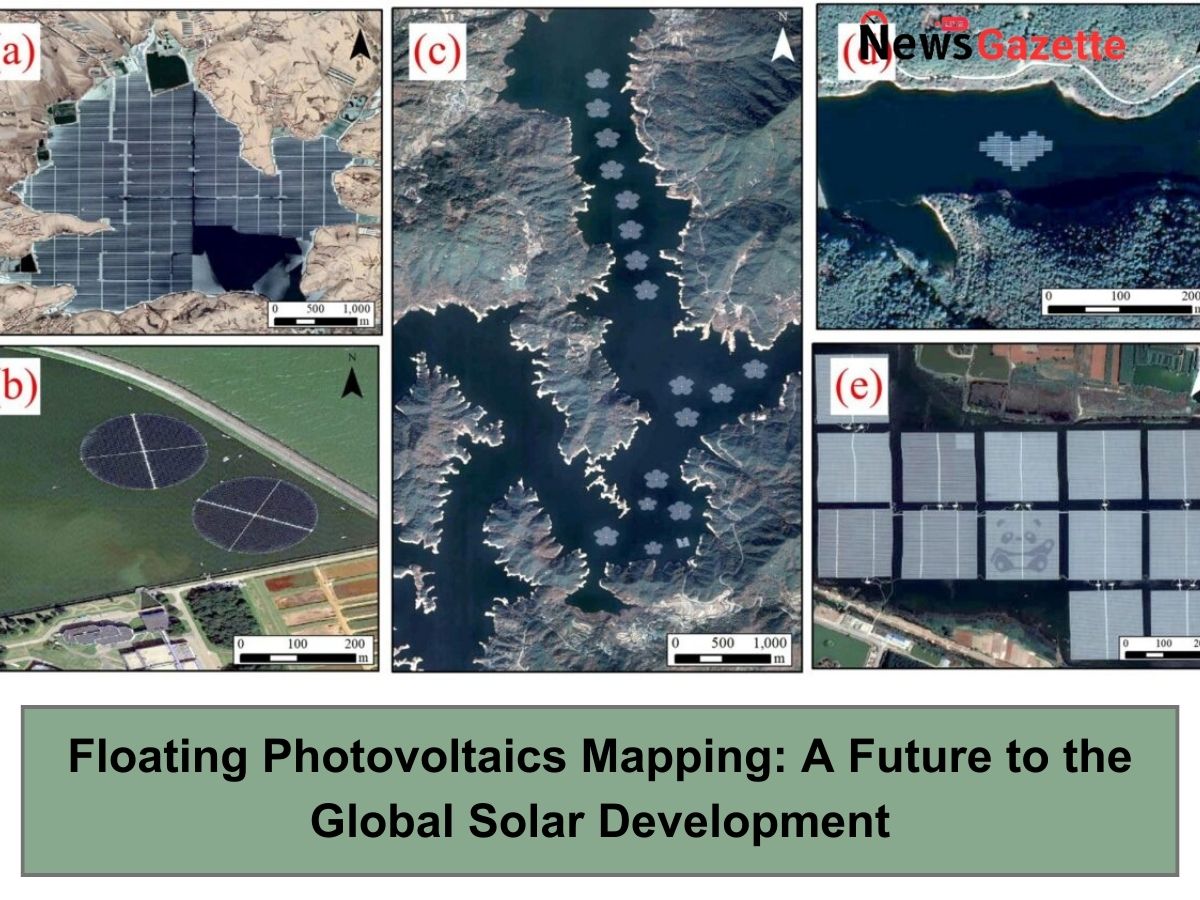
Floating Photovoltaics Mapping: A Future to the Global Solar Development
The growing demand for greener energy sources in the past few decades has given rise to a wide variety of sustainable power alternatives, with solar cells being the commercially predominant and most widely ranged alternative. The irradiation-based energy generator boasts a massive portfolio of products and services ranging from palm-sized toy cells and mobile chargers to large-scale solar infrastructure and isolated generation plants. The recent fission of emergent technologies has triggered a global race for available land resources.
The solar industry, being predominantly surface-based, faced a major crisis as the core solar photovoltaic unit is required to be placed under direct sunlight; this grossly narrowed down their potential placement strategies. The floating solar photovoltaic (FPV), also known as Water-surface photovoltaics (WSPV), emerged as a game changer. This class of solar unit involved attaching the photovoltaic (PV) to a buoyant body and placing it on a water body under direct sunlight. This alternative solution to land-based solarization was more efficient globally; however, the spatiotemporal distribution of the FPVs across a given liquid surface area posed a question for researchers worldwide. In an effort to find an efficient solution, scientists at Nanjing University, China, developed a global-scale inventory of FPVS.
Situated in the historic city of Nanjing, Nanjing University fulfills its commitment towards the prosperity of the advancement of science via contributions of teaching, research, and social service. They collaborated with researchers from several reputed organizations internationally to develop an inventory mapping the spatiotemporal placement of FPVs globally. Some key contributors to the project were inflectional personae from the internationally renowned Shanghai Jiaotong University and the US-based Michigan State University, which holds 31st in the country’s top public universities and 2nd position for its nuclear physics program.
Read Also: NLC India Wins 810 MW of the Solar Park Project
The mapping involved remote sensing for FPVs, followed by the creation of a database for the units established globally, along with their geographic distribution and characterization. The final step of the study aims to verify the total capacity of FPV installed as 12.9 GWp. “Existing statistical reports on water-surface photovoltaics (WSPV) only provide aggregated summary statistics but lack spatiotemporal information, which hinders the environmental assessment and policy management. We developed a new and adaptive workflow for identifying WSPV using satellite imagery and integrating multiple spectral indices.” said Shanchuan Guo, a lead researcher of the project.
The results of the Chinese-US study were published in the journal Renewable and Sustainable Energy Review under the title ‘Mapping global water-surface photovoltaics with satellite images.’ While presenting their up-to-date spatial database identifying FPVs around the globe, the researchers explained how multi-source data and mapping results were combined to create a tool that uses Sentinel satellite images, Google Earth databases, and multiple spectral indices to produce accurate time information. According to this system, FPV technology has rapidly expanded with a growth rate of around 20% annually. Of the 27 countries documented in 2021, with 1027 units in total covering 272.0 km2 of water surface area, 11 were within the Asian region. While Asia dominated the FPV market, China exceeded other countries in terms of development by attributing 95.1% of the total FPV area to it.

Joshua Austin joined News Gazzte as a senior editor in 2023. Joshua is an automotive journalist who previously worked as an autonomous vehicle test engineer at Uber. He holds a bachelor’s degree in computer science, with a specialization in technical writing and journalism. Joshua’s enthusiasm lies in automotive technology and the evolution of transportation. He remains vigilant in tracking the most recent developments in electric vehicles, autonomous driving, and other emerging technologies.
